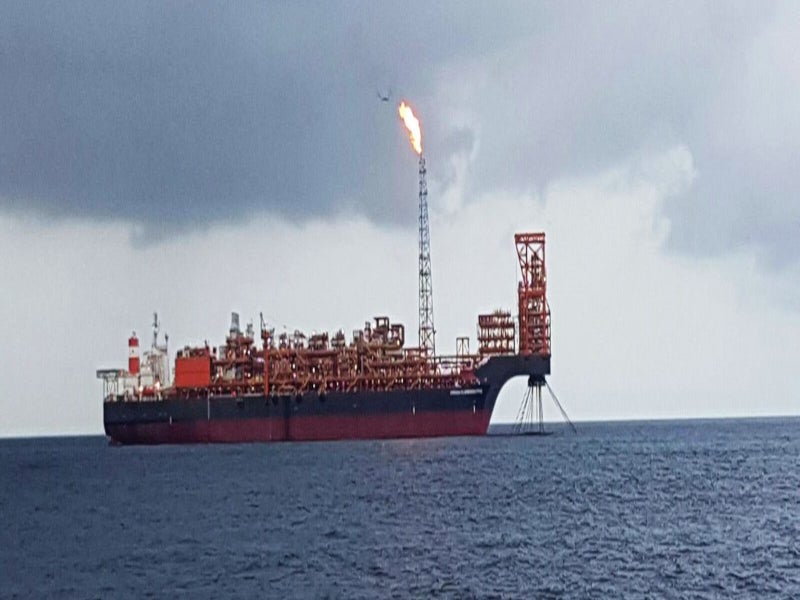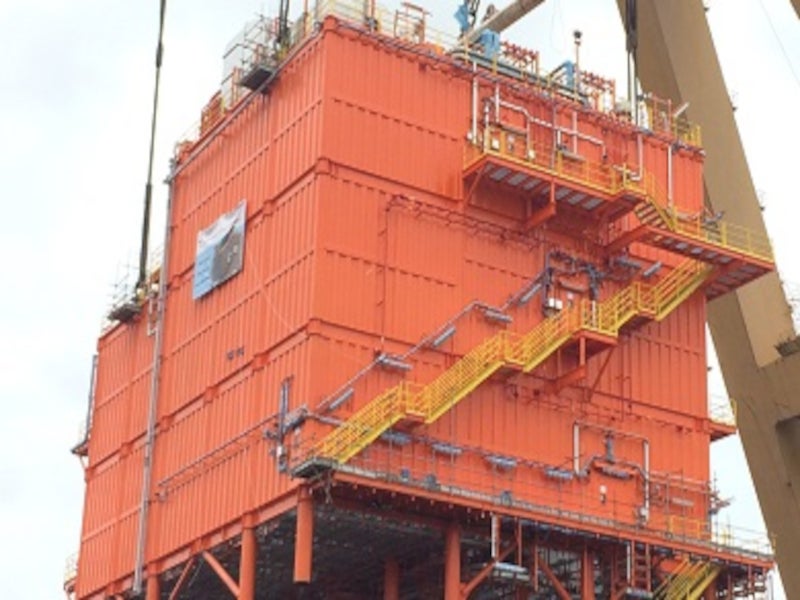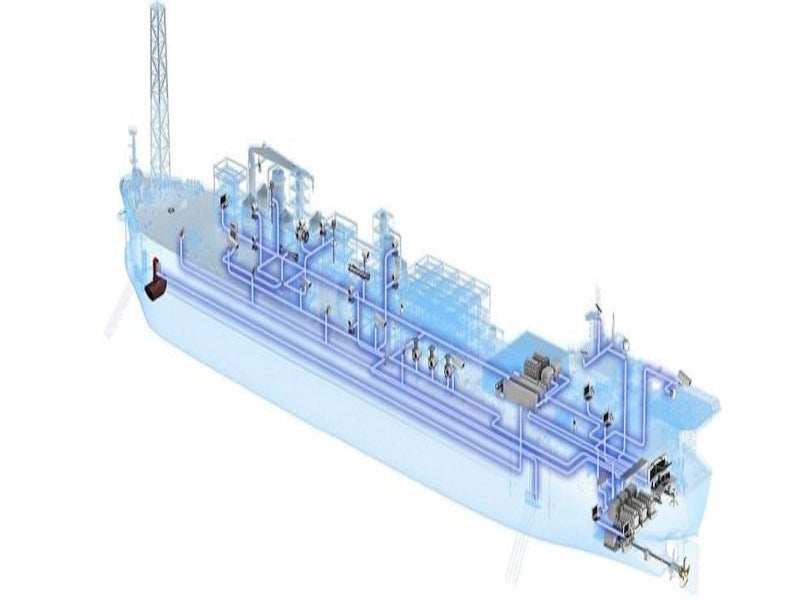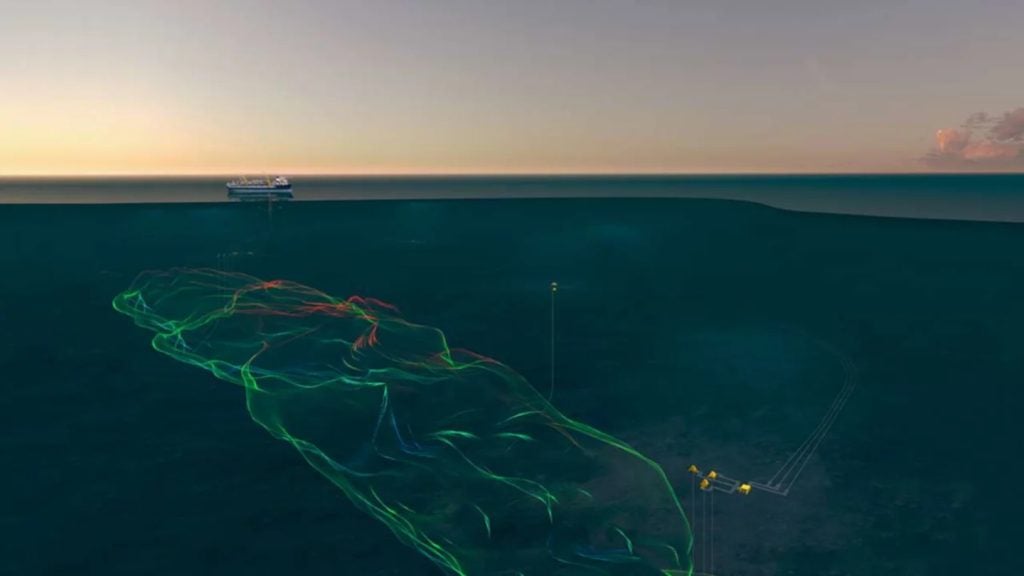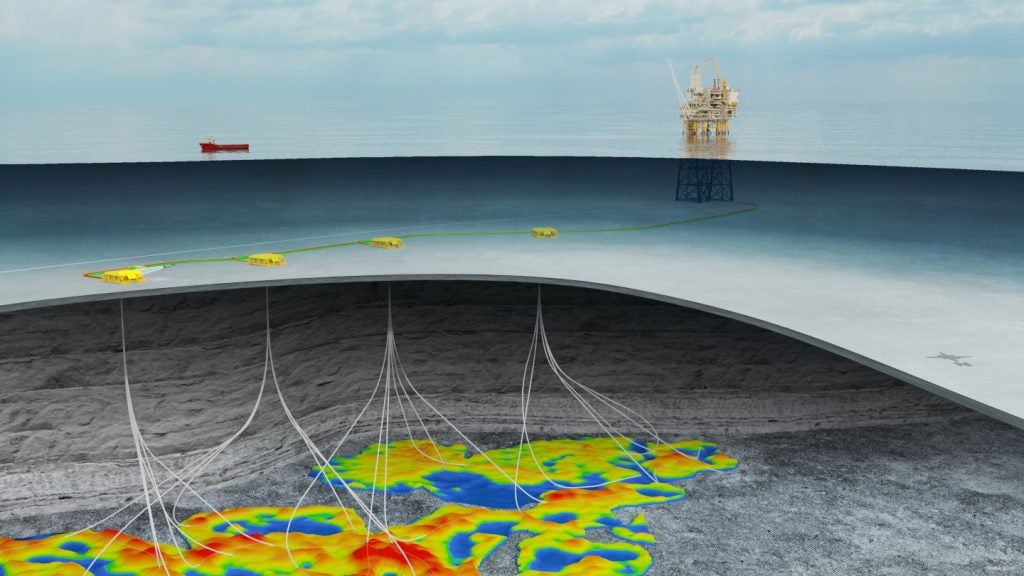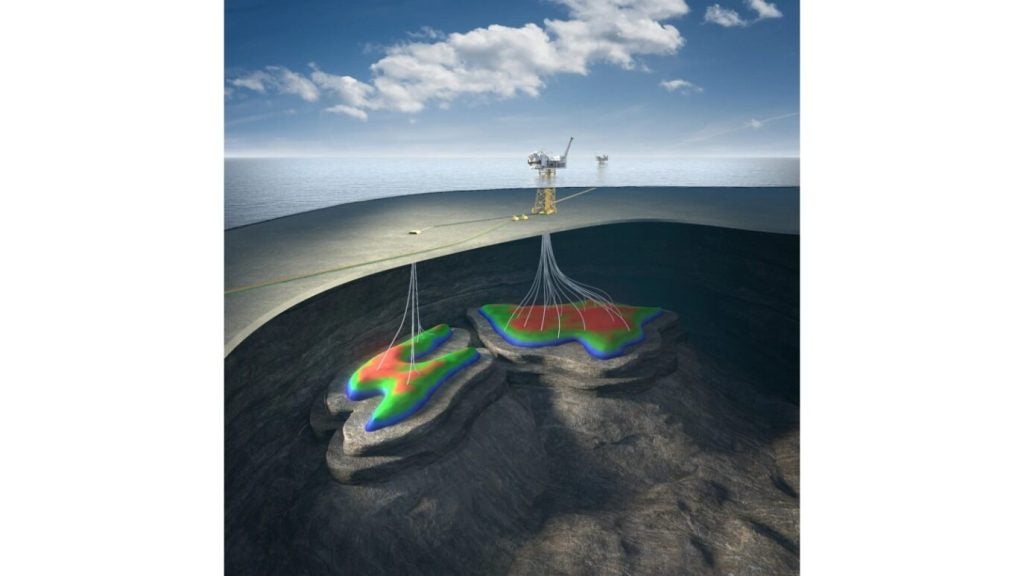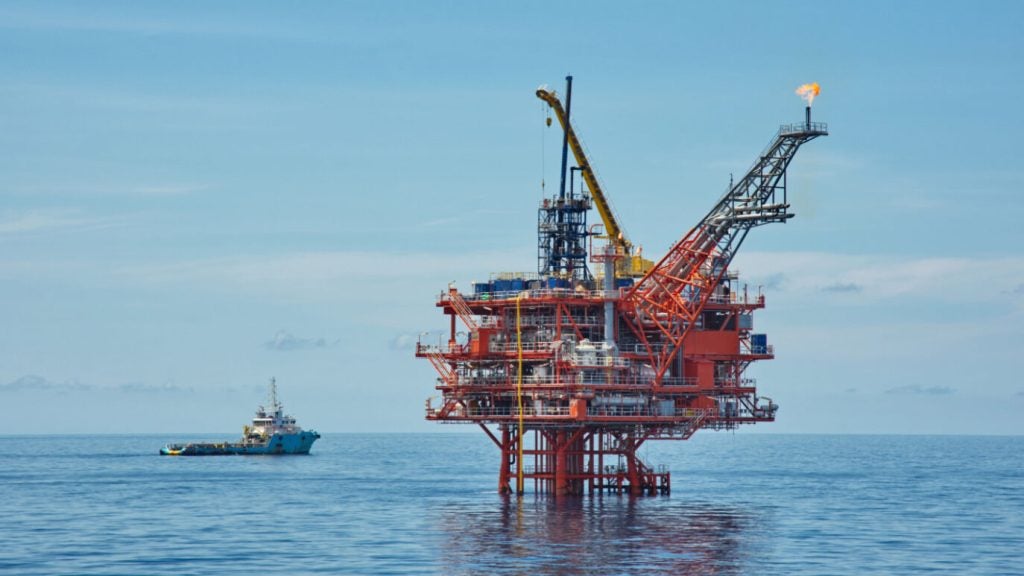The Cuica oil field is located at a water depth of 500m within the Cabaca development area on the eastern side of Block 15/06, offshore Angola. The discovery was made in March 2021 while the first production from the field was achieved in July 2021.
The deep-water oil field is situated close to the East Hub development project within Block 15/06 that is operated by Eni Angola, an oil exploration and production company, with a 36.84% interest. Eni’s partners in the block include Angolan state oil company Sonangol P&P, which holds a 36.84% interest and exploration and production company SSI Fifteen, which holds a 26.32% stake.
Cuica oil field discovery
The Cuica field was discovered by the drilling of the Cuica-1 exploration well. It is estimated to contain between 200 and 250 million metric barrels (Mmbbl) of oil in place.
The Cuica-1 NFW, a deviated well, was drilled to a vertical depth of 4,100m, using the Libongos drillship. It hit an 80m light oil column with 38° API in Miocene-era sandstones with good petrophysical properties.
Sonadrill, a joint venture (JV) between Sonangol and drilling firm Seadrill, was contracted to provide the Libongos drillship for drilling the Cuica-1 well.
The production capacity of the field is estimated to be approximately 10,000 barrels of oil per day (bpd).
Cuica oil field development details
The Cuica oil field was developed as a tie back to the existing Armada Olombendo floating production storage and offloading (FPSO) vessel, located approximately 3km from the field.
Eni implemented its infrastructure-led exploration (ILX) strategy of finding exploration opportunities close to existing infrastructure and used modular development techniques to accelerate the development of the discovery and commence production within four months of the discovery.
Armada Olombendo FPSO details
The Armada Olombendo FPSO was built by converting a very large crude carrier (VLCC) tanker to Keppel Shipyard in Singapore in October 2016. It has a design life of 20 years.
The FPSO measures 382m long including an external turret, and 58m wide. Operated by Bumi Armada, a Malaysian offshore energy facilities and services provider, the vessel was chartered by Eni Angola to serve the East Hub development project. It can produce crude oil at a rate of 80,000bpd.
The FPSO is integrated with ABB’s 800xA distributed control system and incorporates the latest electrification and automation systems, which can support the liquefaction of up to 120,000 million cubic feet of natural gas a day and inject up to 120,000 barrels of water a day.
Block 15/06 details
Located in Angola’s deep offshore waters, Block 15/06 includes Eni’s East Hub and West Hub facilities, which currently have a combined production rate of approximately 155,000bpd.
The East Hub project includes the Cabaca South-East field that came on stream in February 2017 and the Cabaca North field, which is expected to come on stream in the fourth quarter (Q4) of 2021.
The production from the East Hub project complements the output from the West Hub project, which comprises the Sangos, Cinguvu, and Mpungi fields. The production from the West Hub is processed by FPSO N’Goma, which is operated by OPS, a JV between by FPSO solutions provider SBM Offshore and Angolan oil and gas firm Sonangol.
In May 2019, a new light oil field was discovered in the Ndungu prospect within Block 15/06, approximately 2km away from the Mpungi field in the West Hub. The resources in the Ndungu discovery are estimated at up to 250Mmbbl of light oil.
Drilled in a water depth of 1,076m, the Ndungu-1 NFW well reached a total vertical depth of 4,050m. It encountered a single oil column of approximately 65m with a net pay of 45m of high-quality oil (35° API) in sandstones of Oligocene age.
Eni and its partners secured a three-year extension of the block’s exploration licence until November 2023 from the regulatory authorities in the first half of 2021.

